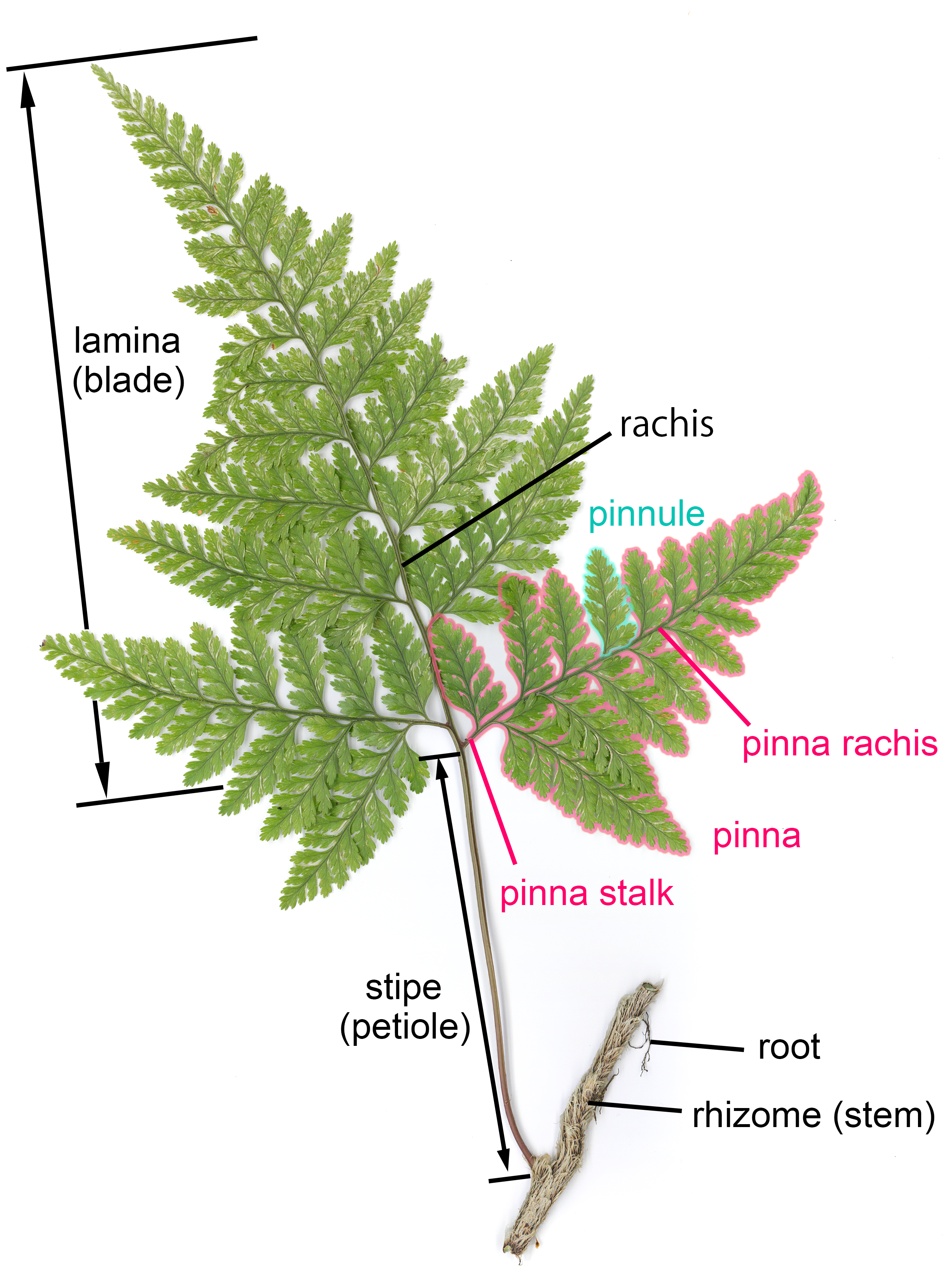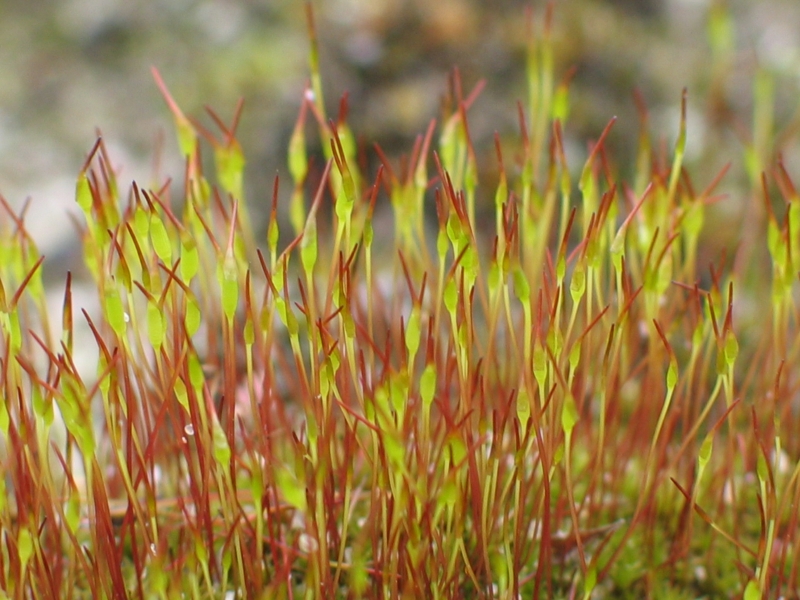|
Symphyogyna Podophylla
''Symphyogyna podophylla'' (also known as ''Symphyogyna hymenophyllum'') is a dendroid liverwort which is widespread in wet forests. It occurs in New Zealand, South America, Southern Africa, and is very common in wet forests of Australia and Tasmania. It has an erect brownish stalk with a flat frond structure; it closely resembles a different liverwort species, ''Hymenophyton flabellatum.'' It can be distinguished from ''H. flabellatum'' by the marginal teeth on its thalloid lobes, and the positions of its sex organs. This dendroid, thalloid liverwort is characterised by its palmate, 'fan-like' fronds which arise from its distinct brown stalk which is up to 2cm tall. The stalk arises from a rhizome, which utilises rhizoids to attach to soil substrate. Fronds are commonly flat and forked forming a triangular shape. The frond typically divides into two segments which can divide into two again. Forks may be scarce, or not occur at all, however this is rare. The frond can also o ... [...More Info...] [...Related Items...] OR: [Wikipedia] [Google] [Baidu] |
Carl Peter Thunberg
Carl Peter Thunberg, also known as Karl Peter von Thunberg, Carl Pehr Thunberg, or Carl Per Thunberg (11 November 1743 – 8 August 1828), was a Swedish naturalist and an "apostle" of Carl Linnaeus. After studying under Linnaeus at Uppsala University, he spent seven years travelling in southern Africa and Asia, collecting and describing many plants and animals new to European science, and observing local cultures. He has been called "the father of South African botany", "pioneer of Occidental Medicine in Japan", and the "Japanese Linnaeus". Early life Thunberg was born and grew up in Jönköping, Sweden. At the age of 18, he entered Uppsala University where he was taught by Carl Linnaeus, regarded as the "father of modern taxonomy". Thunberg graduated in 1767 after 6 years of studying. To deepen his knowledge in botany, medicine and natural history, he was encouraged by Linnaeus in 1770 to travel to Paris and Amsterdam. In Amsterdam and Leiden Thunberg met the Dutch botanis ... [...More Info...] [...Related Items...] OR: [Wikipedia] [Google] [Baidu] |
Tasmania
) , nickname = , image_map = Tasmania in Australia.svg , map_caption = Location of Tasmania in AustraliaCoordinates: , subdivision_type = Country , subdivision_name = Australia , established_title = Before federation , established_date = Colony of Tasmania , established_title2 = Federation , established_date2 = 1 January 1901 , named_for = Abel Tasman , demonym = , capital = Hobart , largest_city = capital , coordinates = , admin_center = 29 local government areas , admin_center_type = Administration , leader_title1 = Monarch , leader_name1 = Charles III , leader_title2 = Governor , leader_n ... [...More Info...] [...Related Items...] OR: [Wikipedia] [Google] [Baidu] |
Hymenophyton Flabellatum
''Hymenophyton flabellatum'' is a species of the order Pallaviciniales Pallaviciniales is an order of liverworts. Taxonomy * Pallaviciniineae Schuster 1984 ** Hymenophytaceae Schuster 1963 *** '' Hymenophyton'' Dumortier 1835 Umbraculum_(plant).html" ;"title="'Umbraculum (plant)">Umbraculum'' Gottsche 1861 non S ... (liverworts), one of perhaps several species in the genus '' Hymenophyton''. It is a dendroid thalloid liverwort belongs to the family Hymenophytaceae and is commonly known as Fan liverwort. It is found in New Zealand, Chile, and common in wet forests of Australia and Tasmania. ''Hymenophyton flabellatum'' closely resembles with small filmy fern, ''Hymenophyllum'' and can be confused with the liverwort, ''Symphyogyna hymenophyllum.'' Description ''Hymenophyton flabellatum'' is plagiotropic, branched rhizome-like axes with aerial shoots divided into upright stalks. Palmate fronds or flabellate are olive green, with forking, 5-6 times and forked thallus wi ... [...More Info...] [...Related Items...] OR: [Wikipedia] [Google] [Baidu] |
Thallus
Thallus (plural: thalli), from Latinized Greek (), meaning "a green shoot" or " twig", is the vegetative tissue of some organisms in diverse groups such as algae, fungi, some liverworts, lichens, and the Myxogastria. Many of these organisms were previously known as the thallophytes, a polyphyletic group of distantly related organisms. An organism or structure resembling a thallus is called thalloid, thallodal, thalliform, thalline, or thallose. A thallus usually names the entire body of a multicellular non-moving organism in which there is no organization of the tissues into organs. Even though thalli do not have organized and distinct parts ( leaves, roots, and stems) as do the vascular plants, they may have analogous structures that resemble their vascular "equivalents". The analogous structures have similar function or macroscopic structure, but different microscopic structure; for example, no thallus has vascular tissue. In exceptional cases such as the Lemnoid ... [...More Info...] [...Related Items...] OR: [Wikipedia] [Google] [Baidu] |
Marchantiophyta
The Marchantiophyta () are a division of non-vascular land plants commonly referred to as hepatics or liverworts. Like mosses and hornworts, they have a gametophyte-dominant life cycle, in which cells of the plant carry only a single set of genetic information. It is estimated that there are about 9000 species of liverworts. Some of the more familiar species grow as a flattened leafless thallus, but most species are leafy with a form very much like a flattened moss. Leafy species can be distinguished from the apparently similar mosses on the basis of a number of features, including their single-celled rhizoids. Leafy liverworts also differ from most (but not all) mosses in that their leaves never have a costa (present in many mosses) and may bear marginal cilia (very rare in mosses). Other differences are not universal for all mosses and liverworts, but the occurrence of leaves arranged in three ranks, the presence of deep lobes or segmented leaves, or a lack of clearly ... [...More Info...] [...Related Items...] OR: [Wikipedia] [Google] [Baidu] |
Frond
A frond is a large, divided leaf. In both common usage and botanical nomenclature, the leaves of ferns are referred to as fronds and some botanists restrict the term to this group. Other botanists allow the term frond to also apply to the large leaves of cycads, as well as palms (Arecaceae) and various other flowering plants, such as mimosa or sumac. "Frond" is commonly used to identify a large, compound leaf, but if the term is used botanically to refer to the leaves of ferns and algae it may be applied to smaller and undivided leaves. Fronds have particular terms describing their components. Like all leaves, fronds usually have a stalk connecting them to the main stem. In botany, this leaf stalk is generally called a Petiole (botany), petiole, but in regard to fronds specifically it is called a Stipe (botany), stipe, and it supports a flattened blade (which may be called a lamina), and the continuation of the stipe into this portion is called the rachis. The blades may be ... [...More Info...] [...Related Items...] OR: [Wikipedia] [Google] [Baidu] |
Rhizome
In botany and dendrology, a rhizome (; , ) is a modified subterranean plant stem that sends out roots and shoots from its nodes. Rhizomes are also called creeping rootstalks or just rootstalks. Rhizomes develop from axillary buds and grow horizontally. The rhizome also retains the ability to allow new shoots to grow upwards. A rhizome is the main stem of the plant that runs underground horizontally. A stolon is similar to a rhizome, but a stolon sprouts from an existing stem, has long internodes, and generates new shoots at the end, such as in the strawberry plant. In general, rhizomes have short internodes, send out roots from the bottom of the nodes, and generate new upward-growing shoots from the top of the nodes. A stem tuber is a thickened part of a rhizome or stolon that has been enlarged for use as a storage organ. In general, a tuber is high in starch, e.g. the potato, which is a modified stolon. The term "tuber" is often used imprecisely and is sometimes appli ... [...More Info...] [...Related Items...] OR: [Wikipedia] [Google] [Baidu] |
Podomitrium Phyllanthus
''Podomitrium phyllanthus'' is a thalloid liverwort in the family Pallaviciniaceae. It is found in wet forests and rainforests of Australia, New Zealand and New Caledonia. Habit ''Podomitrium phyllanthus'' is a thalloid, unbranched liverwort with undulate margins. The thallus is up to 70mm long and 7mm wide, and tapers at the base to form a spathulate shape. The thallus is bright green in colour with a single vein down each thallus. Single-celled rhizoids grow from the base of the thallus to keep the liverwort attached to the substrate. When reproducing sexually, ''P. phyllanthus'' individuals grow a white seta (stalk) from the base of the thallus upon which bears a single black capsule holding millions of tiny spores for reproduction. When reproducing asexually, the upper surface of the thallus holds gemma cups. The species can often be confused with Symphyogyna' or ''Pallavicinia''; the difference is that ''P. phyllanthus'' does not branch as often as ''Symphyogna'' an ... [...More Info...] [...Related Items...] OR: [Wikipedia] [Google] [Baidu] |
Sporophyte
A sporophyte () is the diploid multicellular stage in the life cycle of a plant or alga which produces asexual spores. This stage alternates with a multicellular haploid gametophyte phase. Life cycle The sporophyte develops from the zygote produced when a haploid egg cell is fertilized by a haploid sperm and each sporophyte cell therefore has a double set of chromosomes, one set from each parent. All land plants, and most multicellular algae, have life cycles in which a multicellular diploid sporophyte phase alternates with a multicellular haploid gametophyte phase. In the seed plants, the largest groups of which are the gymnosperms and flowering plants (angiosperms), the sporophyte phase is more prominent than the gametophyte, and is the familiar green plant with its roots, stem, leaves and cones or flowers. In flowering plants the gametophytes are very reduced in size, and are represented by the germinated pollen and the embryo sac. The sporophyte produces spor ... [...More Info...] [...Related Items...] OR: [Wikipedia] [Google] [Baidu] |
Wet Sclerophyll Forest
Sclerophyll is a type of vegetation that is adapted to long periods of dryness and heat. The plants feature hard leaves, short internodes (the distance between leaves along the stem) and leaf orientation which is parallel or oblique to direct sunlight. The word comes from the Greek ''sklēros'' (hard) and ''phyllon'' (leaf). The term was coined by A.F.W. Schimper in 1898 (translated in 1903), originally as a synonym of xeromorph, but the two words were later differentiated. Sclerophyllous plants occur in many parts of the world, but are most typical of areas with low rainfall or seasonal droughts, such as Australia, Africa, and western North and South America. They are prominent throughout Australia, parts of Argentina, the Cerrado biogeographic region of Bolivia, Paraguay and Brazil, and in the Mediterranean biomes that cover the Mediterranean Basin, California, Chile, and the Cape Province of South Africa. In the Mediterranean basin, holm oak, cork oak and olives ... [...More Info...] [...Related Items...] OR: [Wikipedia] [Google] [Baidu] |






